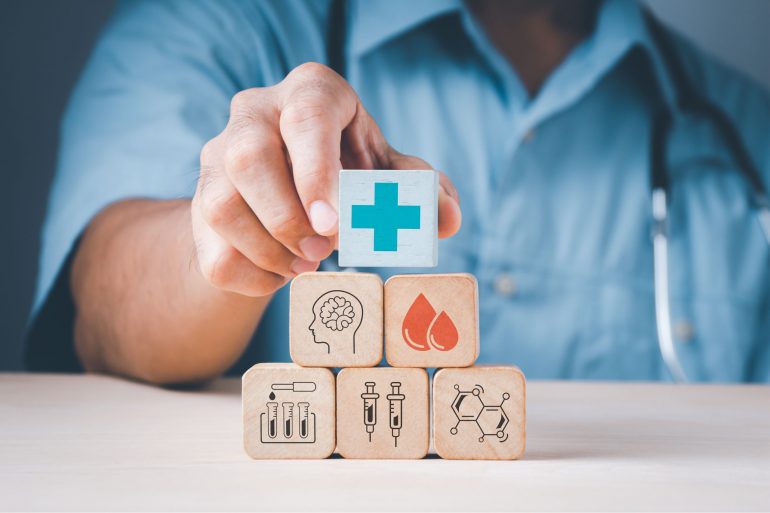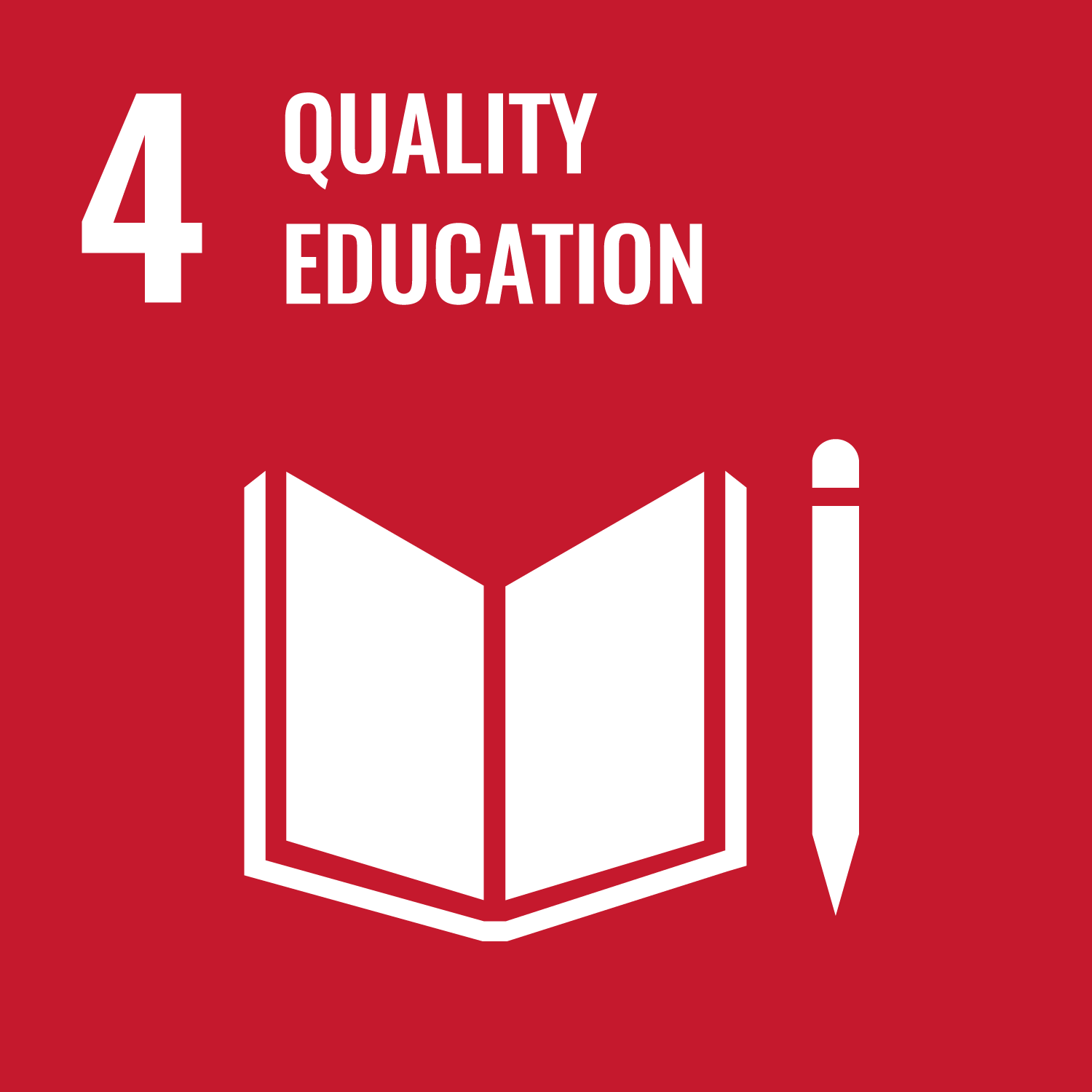UGEB 2991 Viewing Communication from ST
Time
Lecture: Monday 09:30 a.m. - 12:15 p.m.
Instructor
Professor LEE Yuet Sheung Kathy
Course Description
One in every 10 people suffers from at least a kind of communication disorder. It is almost inevitable for people to have encountered individuals with unclear speech, hoarse voice, stuttering, autism spectrum disorder, hearing impairment and dementia etc. in their lifetime. Students without a background in speech and hearing sciences may not have solid understanding of the essentials of human communication and its disorders. This course thus aims to provide tailor-made content suiting all students to cover the fundamentals of these topics from the perspective of speech-language-pathology.
The course consists of 3 major components. The first one brings out the essential elements in normal communication. The second component covers what goes wrong in the chain of communication which leads to various communication disorders. The third component introduces various communication disorders in terms of the general characteristics and the practical tips on how to interact with them through case studies.
By learning the essential elements of effective communication skills as well as gaining knowledge on how to facilitate interaction with people who have diverse communication and educational needs, this course also helps students to better understand the Sustainable Development Goals (SDGs) relating to #3 Good Health and Well-being, #4 Inclusive Quality Education and #10 Reduced Inequalities.
Learning Outcome
Throughout the course, students will be able to achieve the following objectives through readings, lectures, team discussions, and group work:
1. Identify the various processes involved in successful human communication, including the basic anatomical, neurological, and physiological underpinnings of communication. This will help promote SDG#3 - Good Health and Wellbeing by teaching students relevant strategies to foster positive mental health and well-being.
2. Explain how the breakdown in specific processes can lead to different communication disorders, including behavioral analyses. This will help promote SDG#4 - Quality Education by helping students understand how inclusive education is possible with different approaches.
3. Describe the communication, language, and speech characteristics of individuals with different communication disorders, promoting both SDG#4 - Quality Education and SDG#10 - Reduced Inequalities.
4. Summarize the basic principles of communicating with populations facing various difficulties, promoting empathy and diversity and aligning with SDG#4 and SDG#10.
5. Apply the fundamental knowledge gained in improving one's own communication skills, promoting SDG#3 - Good Health and Wellbeing.






